Taiwanese guava growing area applies drip irrigation and organic fertilizer of Mr. Hoang Van Dau's family.
The majestic Duong Lang mountain range runs along the east side of Ha Long town, green all year round. However, the valley area after the hills bordering the foot of Duong Lang mountain is an area full of bushes and thorns. Previously, local residents still considered this place difficult to cultivate or develop production. However, with the will of Uncle Ho's soldier, in 2015, 4/4 disabled soldier Hoang Van Dau took on the contract to renovate.
Then, he poured all the capital he had accumulated over the years from the grocery store in the center of Ha Long town into renting machinery to dig and renovate every day. First, a kilometer-long road was opened, winding through the foothills. Countless thorny trees and rocks were demolished and moved, so that the traders' trucks could enter and exit to transport fruits and livestock products for sale.
According to Mr. Dau, “This remote land belongs to Dong Toan area, the locals call it “Stone and Gravel Field” because it is all rocks and barren land. At first, my family planted annual crops such as pineapple and sugarcane to have immediate income, then gradually developed livestock farming. Because the total area of this sloping land is up to more than 5 hectares, when pouring concrete pillars and hanging barbed wire throughout the production area, we ran out of capital. Difficulties piled up when the first batch of 3,000 chickens gradually died of disease due to lack of experience in caring for them.”
With the determination of a soldier who participated in the Ho Chi Minh campaign in 1975 and the Northern Border War in 1979, he still worked hard to improve and gradually develop production. On the red soil full of gravel and rocks, to plant each fruit tree, he had to dig a deep hole, then he bought decomposed manure and added organic fertilizer to improve the soil. Together with family labor, after only 3-4 years, he had a jackfruit hill with 500 trees and a sapodilla growing area with 400 trees. During the process of developing fruit trees, he always researched, went to the southern provinces to learn, then went to reputable seed centers to buy trees to plant.
A corner of the production area renovated from the barren land on the edge of Duong Lang mountain by veteran Hoang Van Dau.
To date, the production area still has 600 green-skinned grapefruit trees, 800 Vinh orange trees, and 800 Dien grapefruit trees that have been yielding fruit for many years. On the far hill, he planted 450 more avocado trees that have also produced fruit, and many areas planted with longan and many other fruit trees. The largest and flattest area of land is reserved for developing a Taiwanese guava garden with up to 5,000 trees, bringing in year-round income.
The most difficult problem was the source of irrigation water, which he solved by hiring large wells to be drilled at the foot of the hill. Recently, the family has invested hundreds of millions of dong to develop a drip irrigation system to each guava tree to increase productivity.
It is worth noting that the farming process applied by his family is organic. All fertilizers are composted manure. All weeds under the fruit trees are considered by him as a source of food for the herd of goats, which always ranges from 50 to 100. According to him, if herbicides are sprayed, the goats will eat them and die immediately, so farming is carried out in a way that ensures food hygiene and safety. The flat lands are also used to grow corn and soybeans to grind and soak to make organic fertilizer for fruit trees.
To earn more income, his family also built more barns and hired more workers to develop a herd of dozens of pigs and a flock of thousands of chickens each. All waste from livestock farming is collected, sprayed with enzymes to treat odors and composted into fertilizer for fruit trees. Many products grown in the production area become food for livestock.
Every day, Mr. Dau wakes up from 4-5 am and works diligently until evening. Many years of regularity have made the 4/4 war invalid, at the age of 70, still as healthy as when he was middle-aged. Up to now, the production area has entered a stable phase, generating a profit of about 1 billion VND per year. During the implementation of production stages, he also hired and created stable jobs for 5 local workers and many seasonal workers.
Article and photos: Linh Truong
Source: https://baothanhhoa.vn/khai-mo-dat-hoang-ven-nui-duong-lang-252274.htm


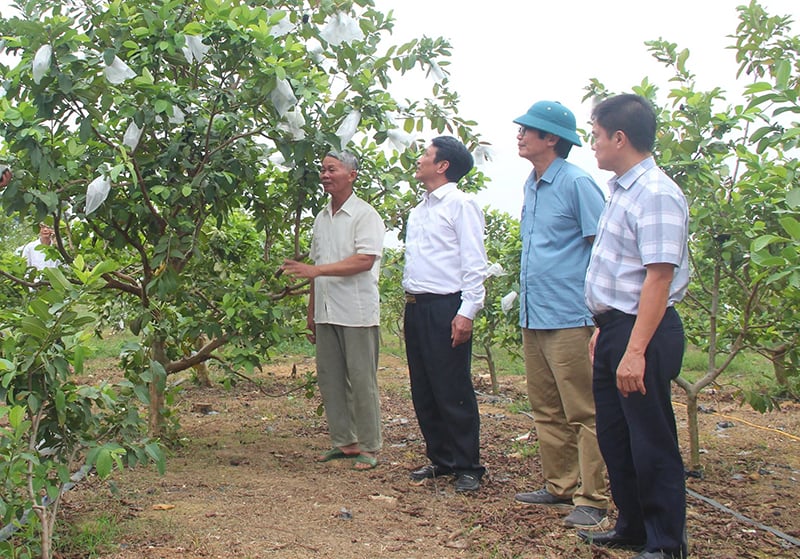
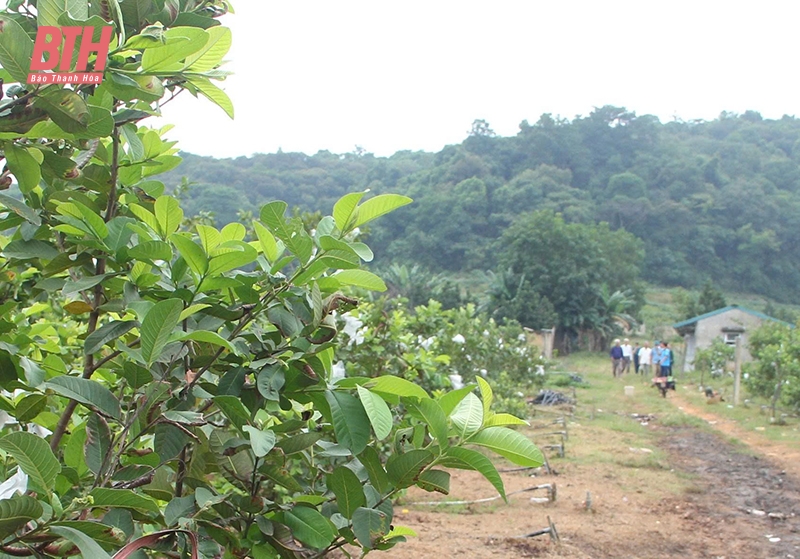








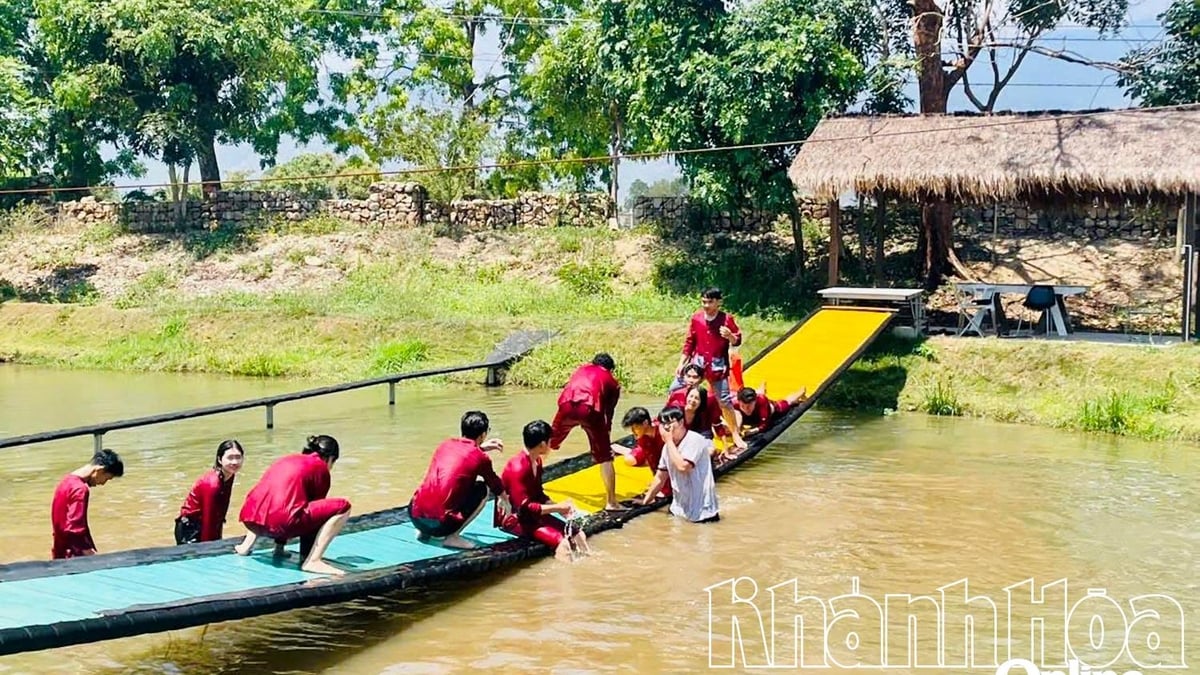












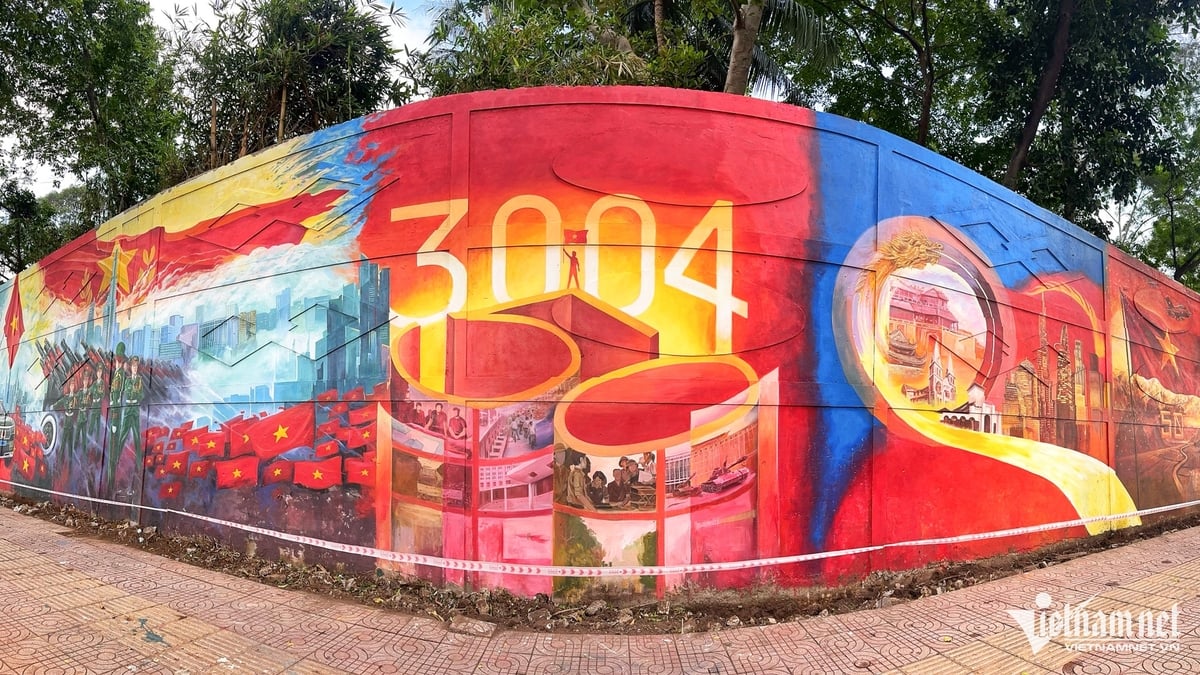

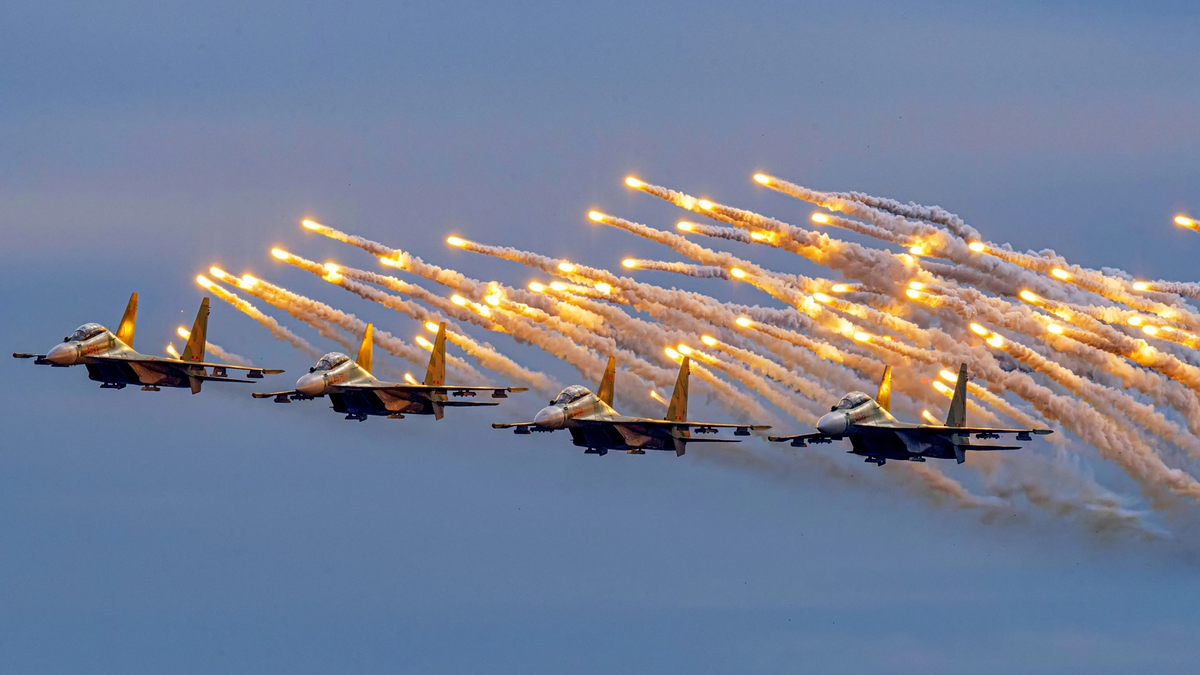


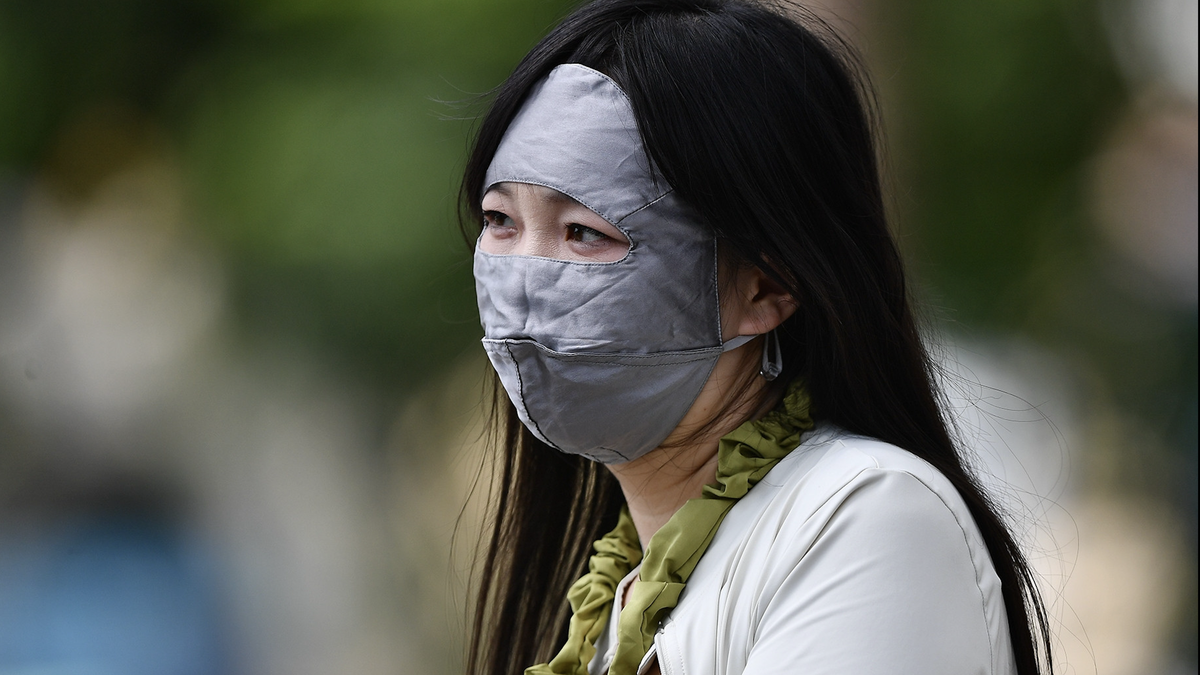









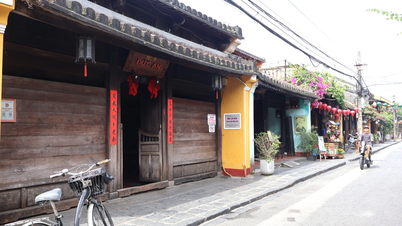

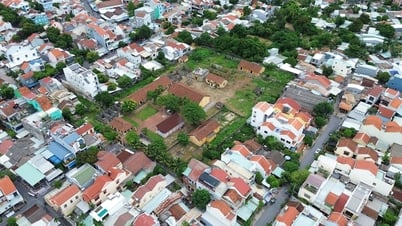

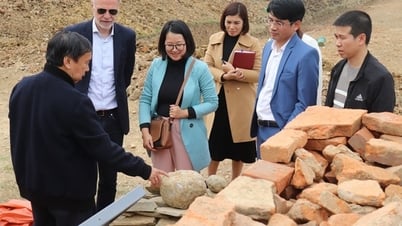



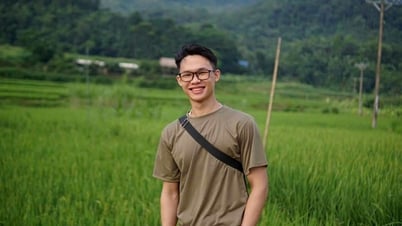

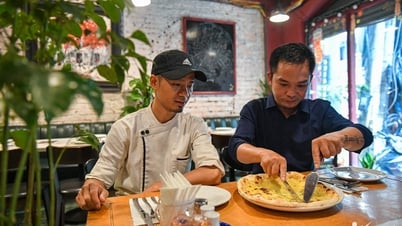




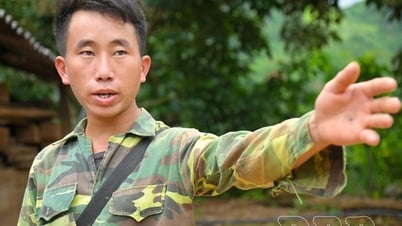

![[Maritime News] Two Evergreen ships in a row: More than 50 containers fell into the sea](https://vphoto.vietnam.vn/thumb/402x226/vietnam/resource/IMAGE/2025/8/4/7c4aab5ced9d4b0e893092ffc2be8327)

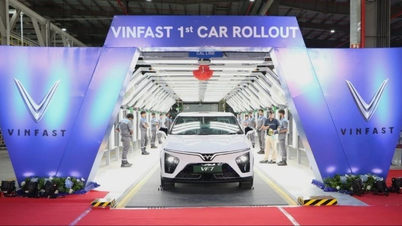

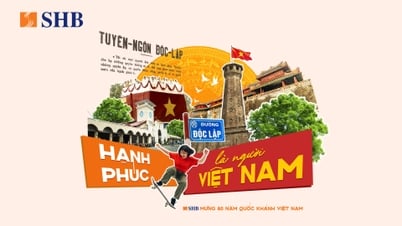

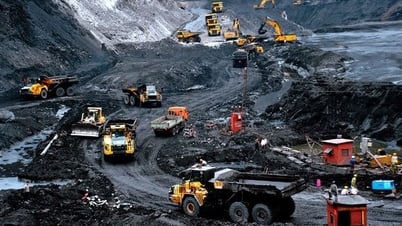


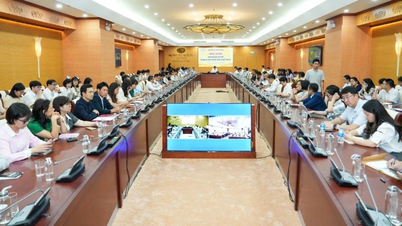

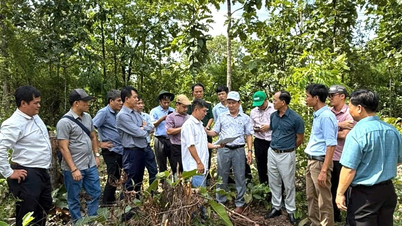

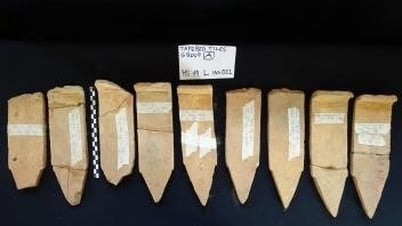
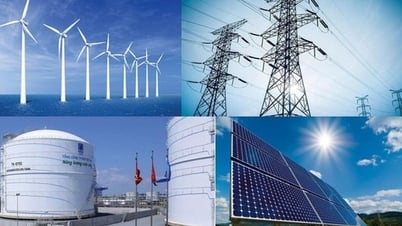
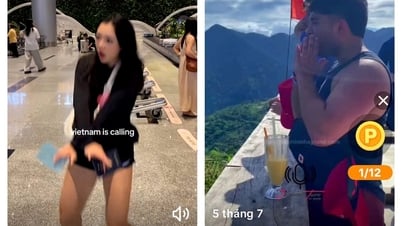


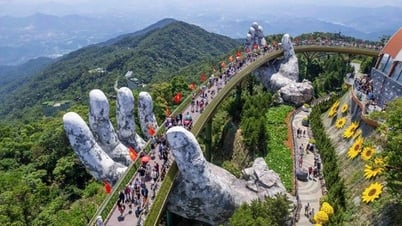

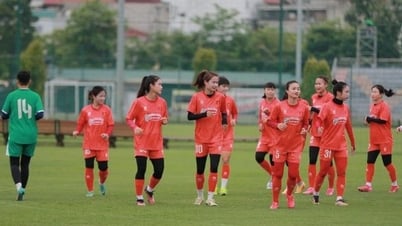
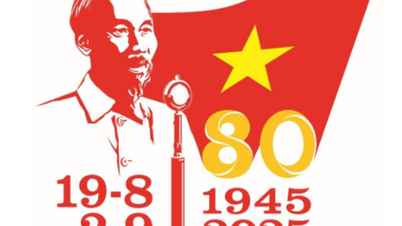

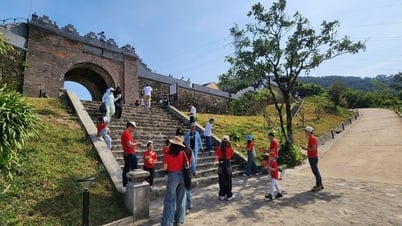

















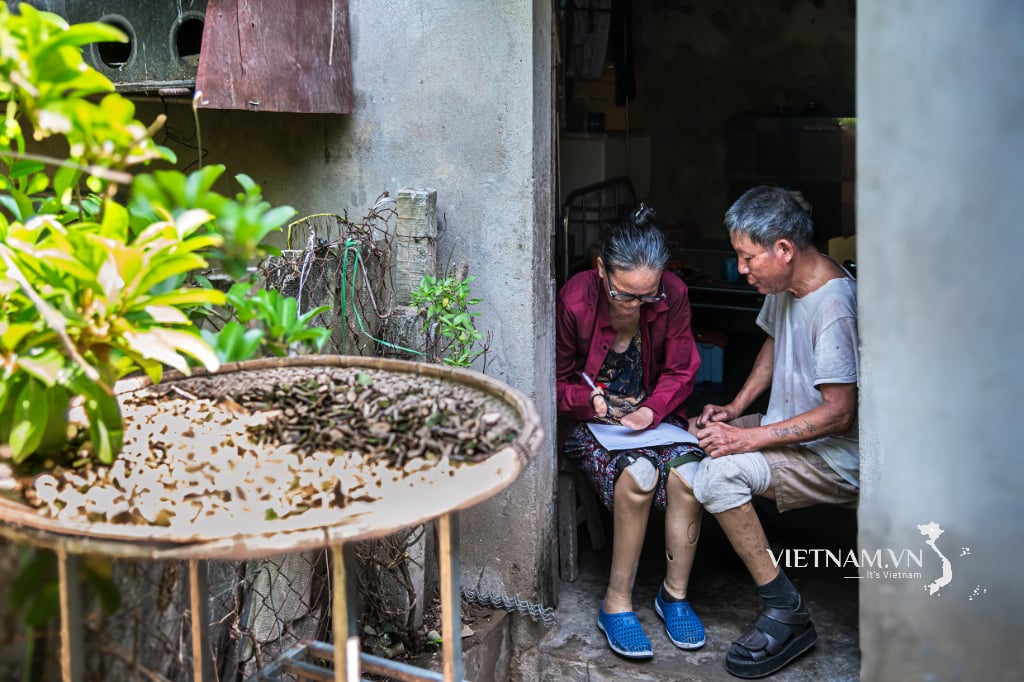
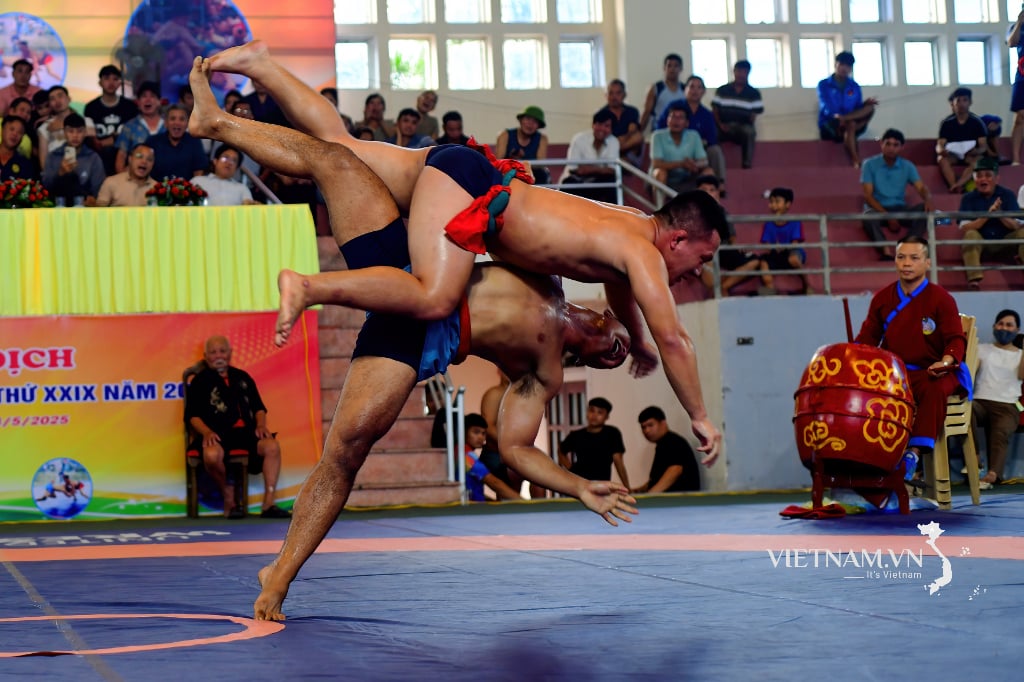
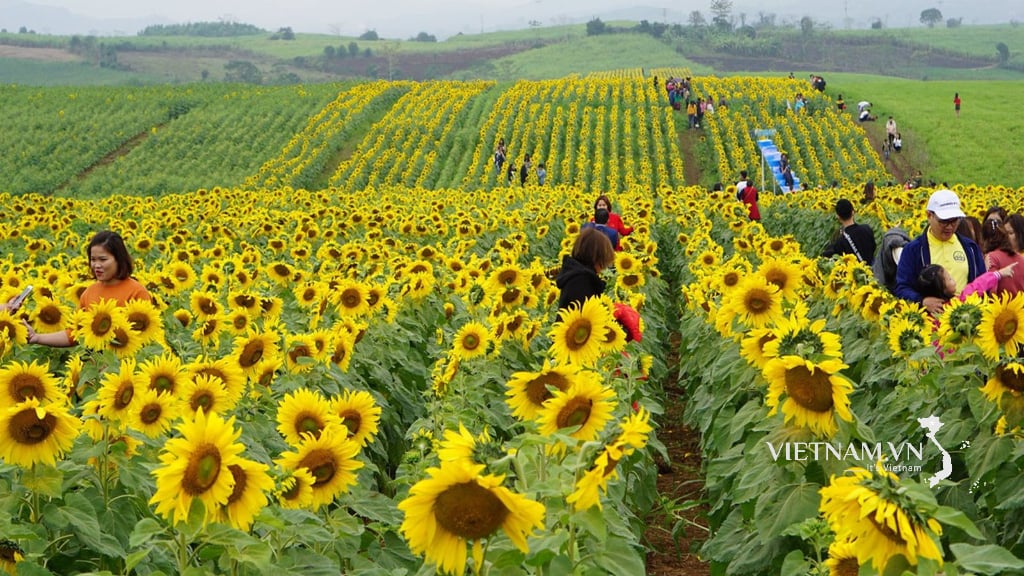
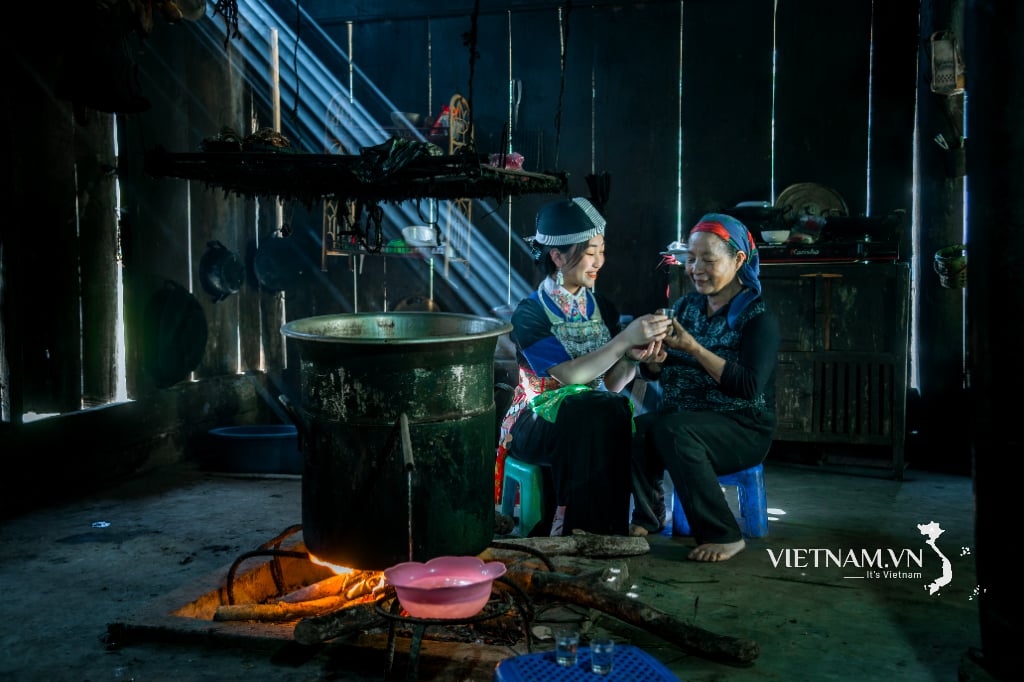
Comment (0)